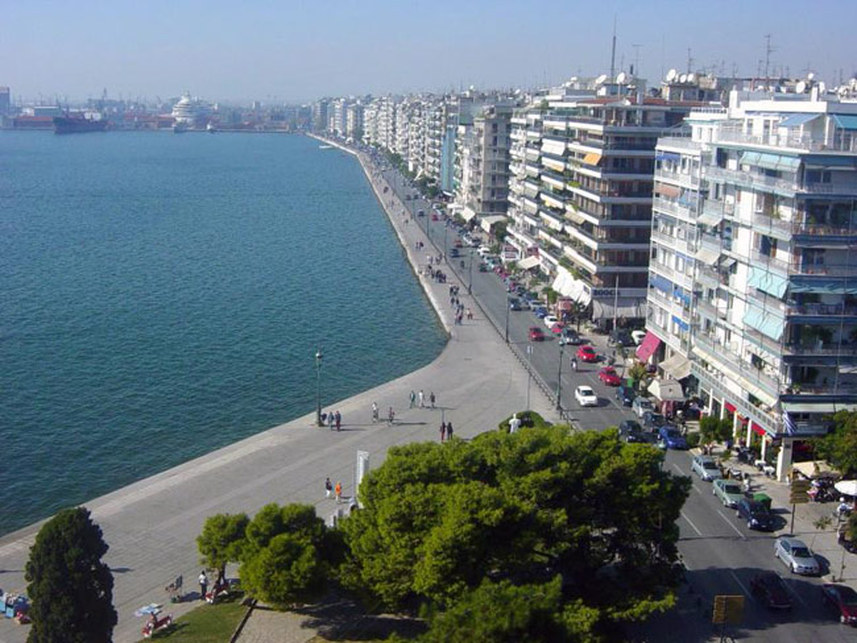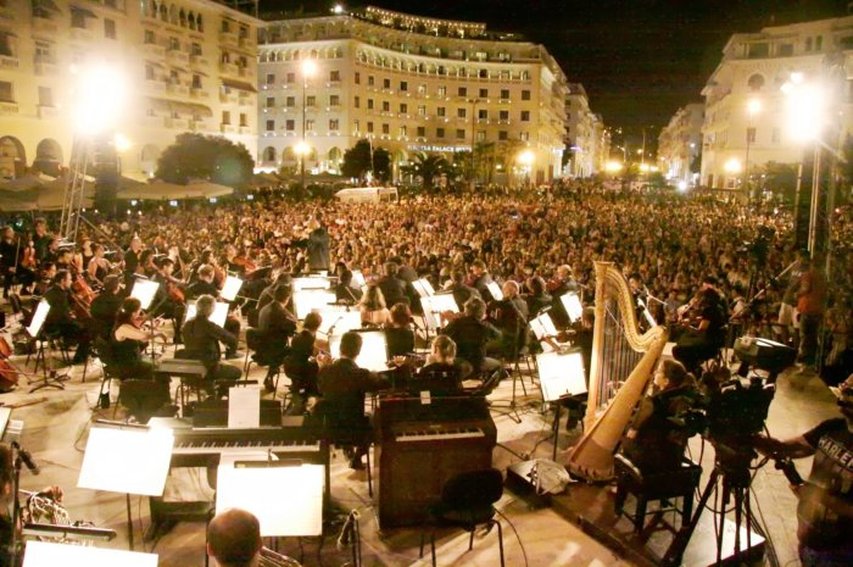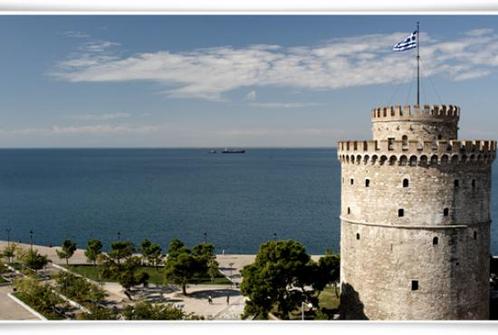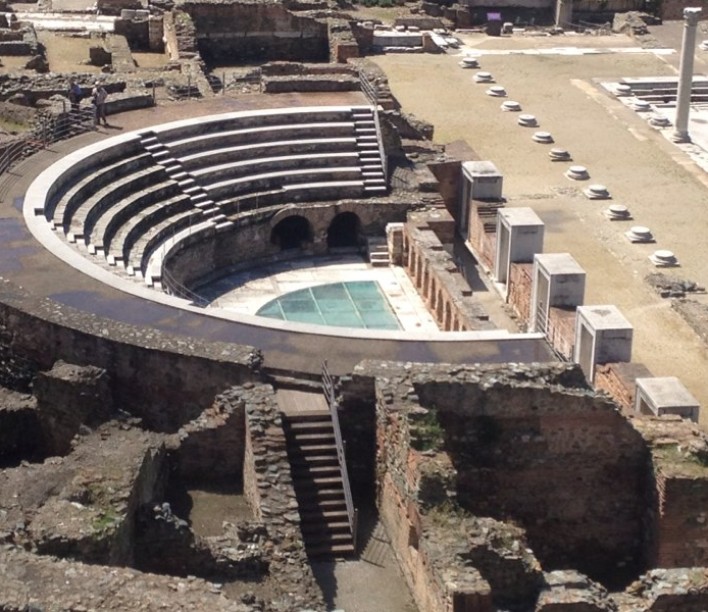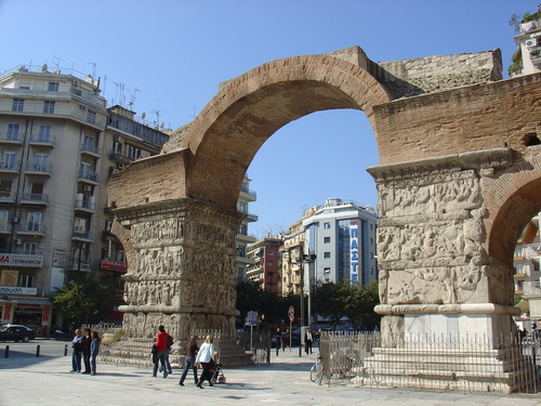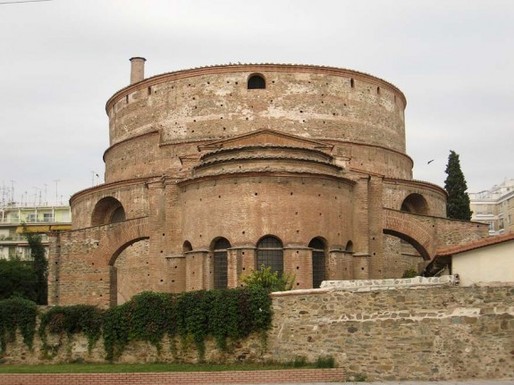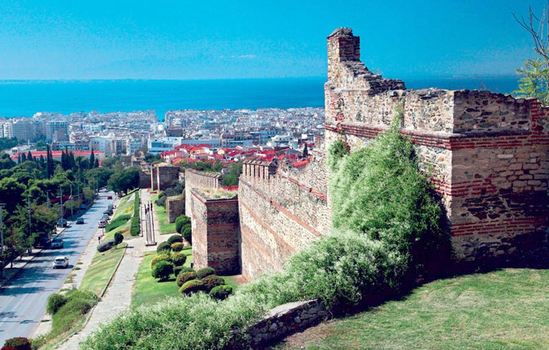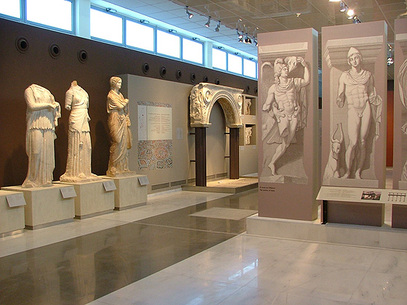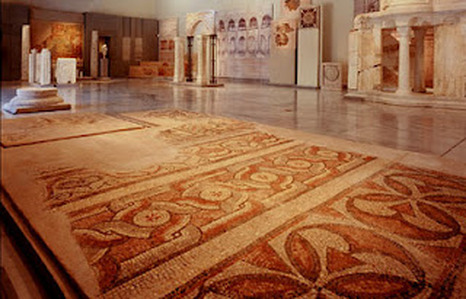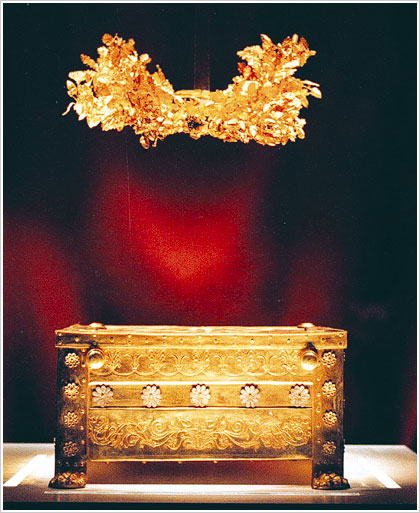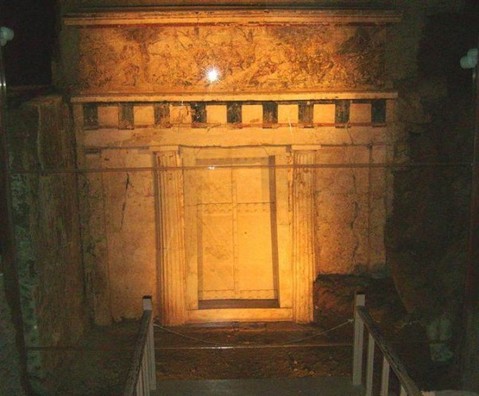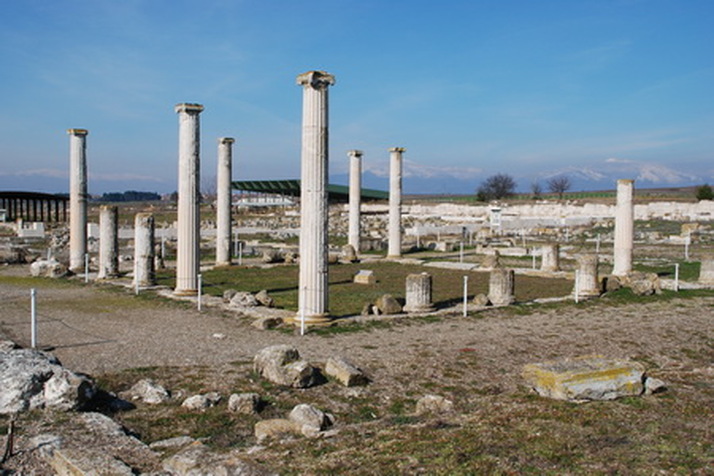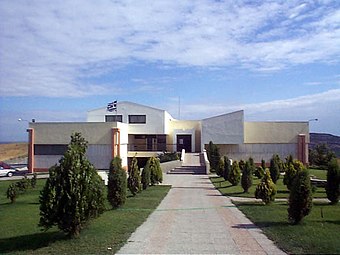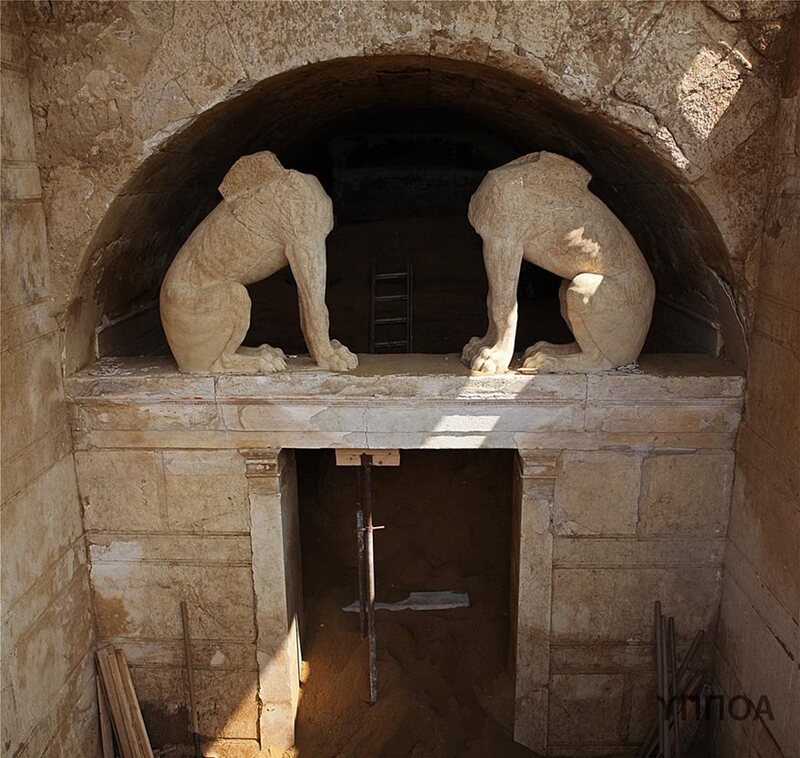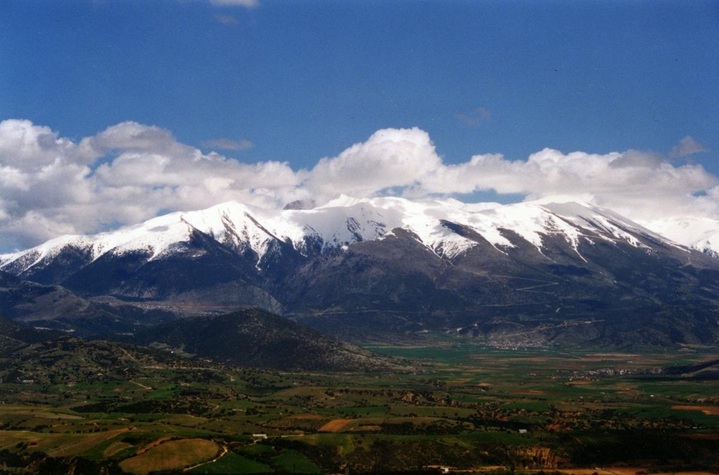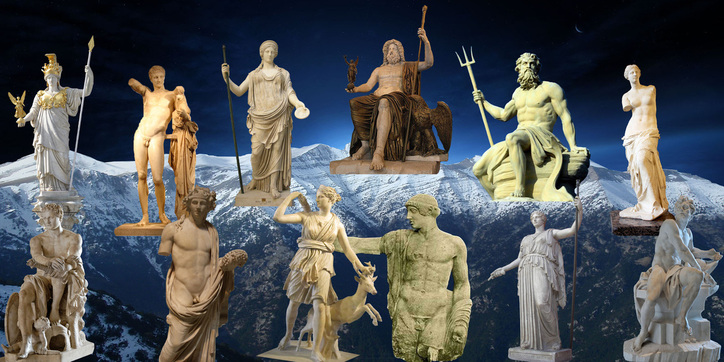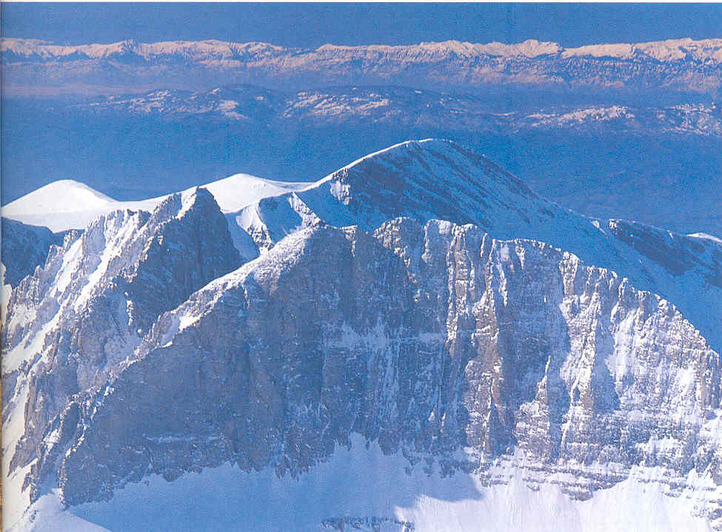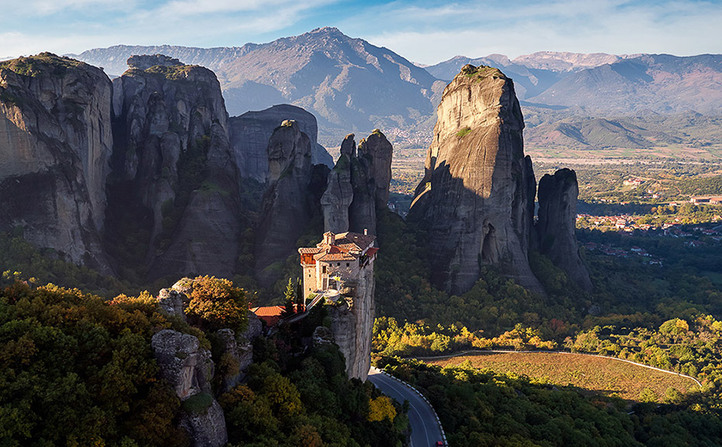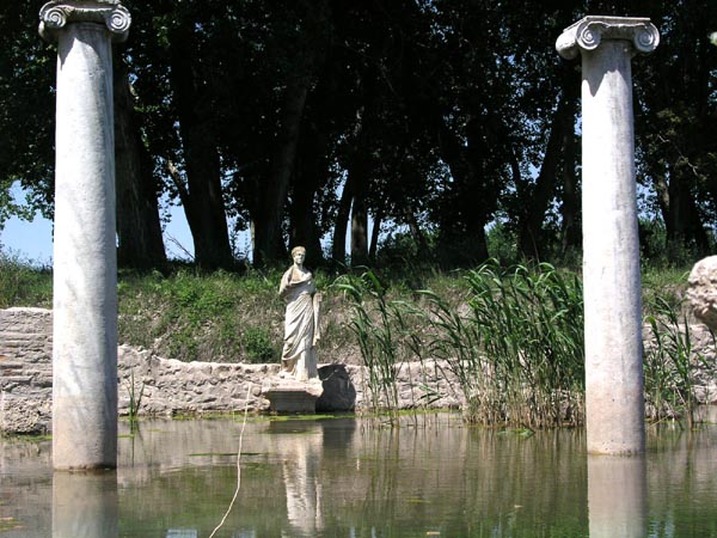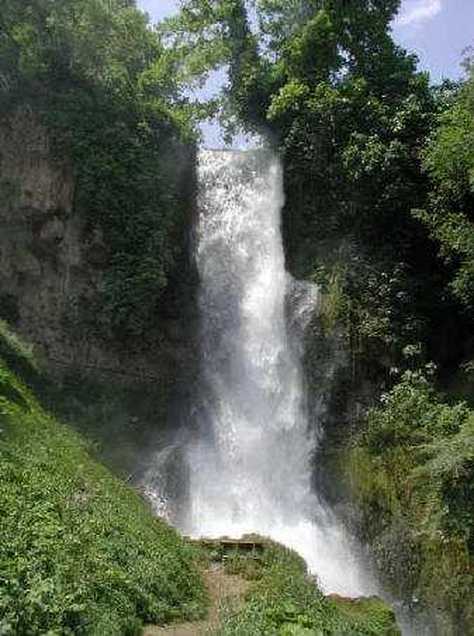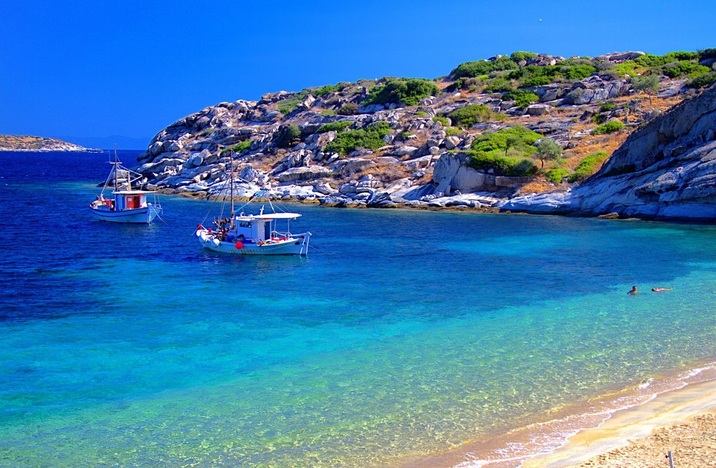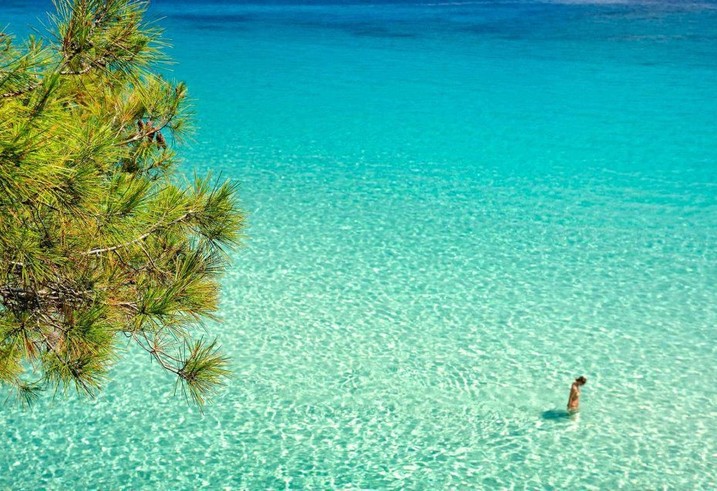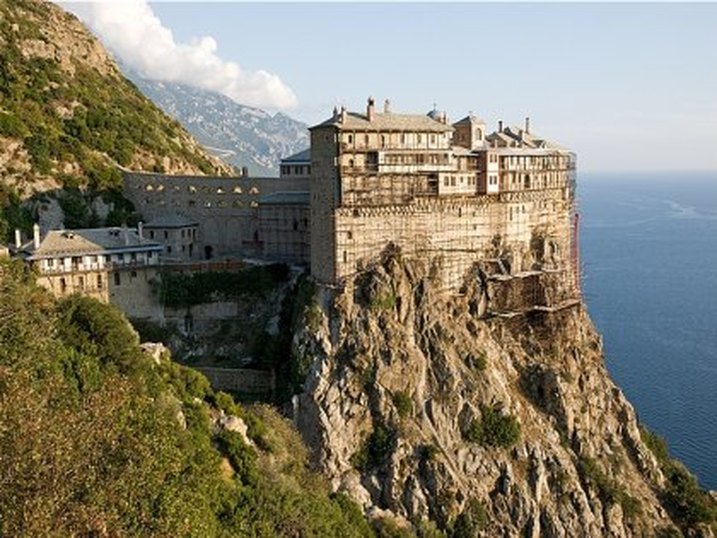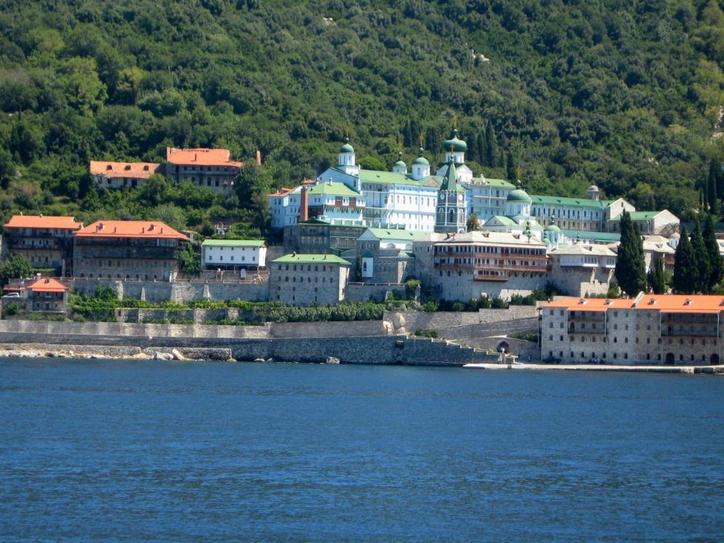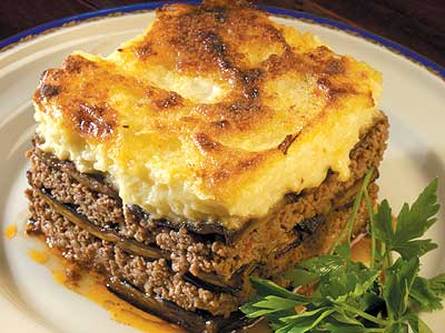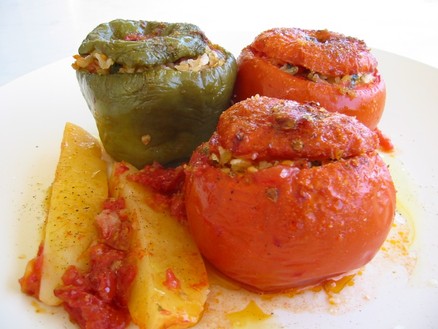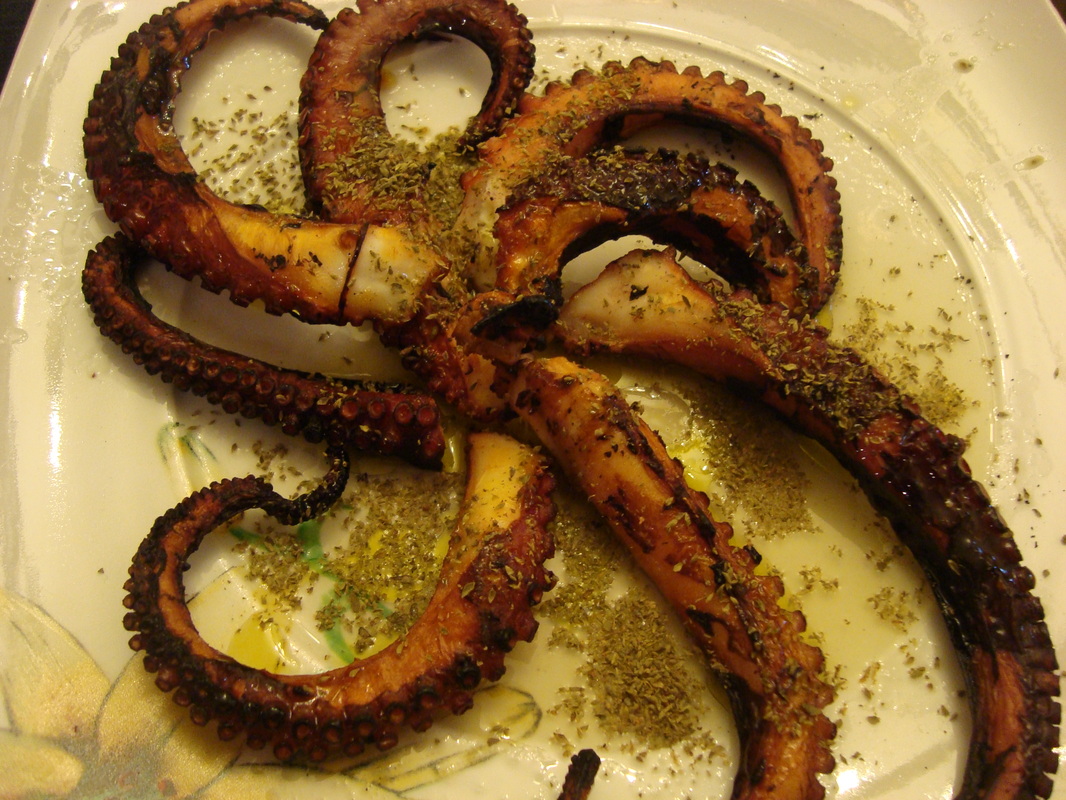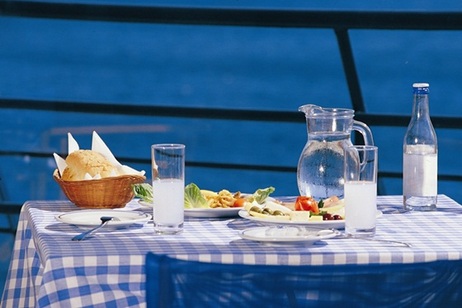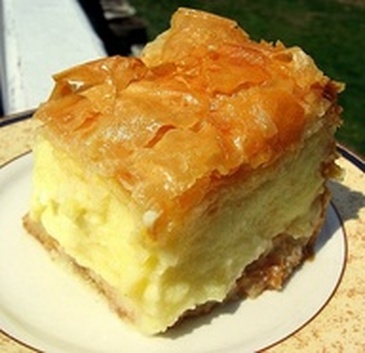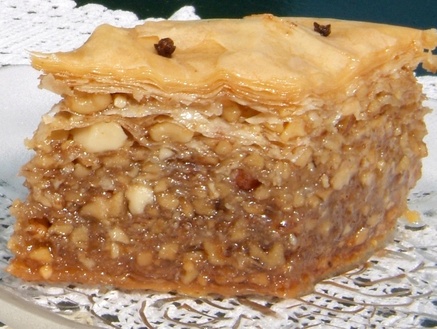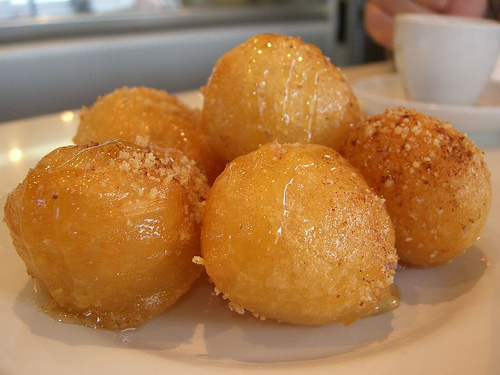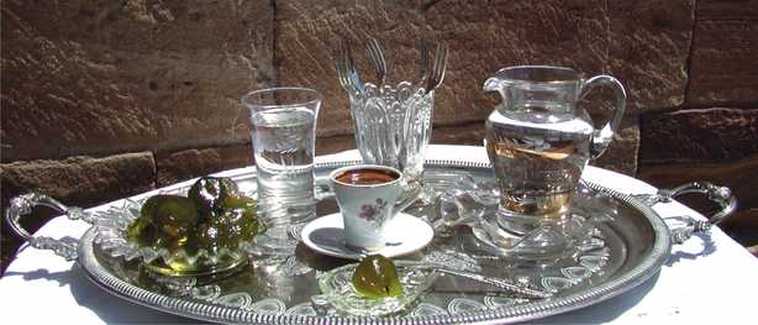SIGHTSEEING GUIDE FOR THESSALONIKI
Thessaloniki is a city with a continuous 2300 year history, preserving relics of its Hellenistic, Roman, Byzantine and Ottoman past and of its formerly dominant Jewish population. Its Byzantine churches, in particular, are included in UNESCO's World Heritage list.
A tour in Thessaloniki will reveal you hidden aspects of it and it is bound that you will be charmed. Thessaloniki, the "Nymph of the Thermaikos Gulf" is amphitheatrically situated on the slopes of Mount Chortiatis. Founded by the Greek Macedonian King Kassander, he named the city Thessaloniki after his wife who was also the half sister of Alexander the Great. Throughout the Roman period, it was the capital of Macedonia Scounda and during the Middle Ages, it was the second city of the Byzantine Empire. For 400 years it was occupied by the Ottoman Empire, until it was finally freed in 1912.
Start your excursion viewing the White Tower, an historical landmark before continuing on to visit the Archeological Museum which houses interesting Greek and Macedonian finds from the Archaic, Classical and Roman periods, with the most important exhibit of all being “The Gold of Ancient Macedonia”. Next, make your way up to the once upon a time, Acropolis located in the upper part of the city. It is here, where you will have a superb panoramic view of the entire city with the Thermatic Gulf and Mount Olympus in the background.
Driving along the street, Egnatia, named after the famous Roman road, Via Egnatia view the Gallerius' Arch and Rotonda. Enjoy a short stop at the well-preserved Byzantine Basilica of St. Sophia, and 8th Century structure, rich in mosaics and frescoes. You can also visit the Museum of Byzantine Culture, the State Museum of Contemporary Art, the Museum of Ethnological and Popular Art, the Municipal Art Gallery and the Museum of Kemal Ataturk.Τhe city, however, will make very interesting gastronomic proposals. The taverns and restaurants in the city renowned for its excellent food served to the visitors. The Greeks consider Thessaloniki a gourmet city - but bear in mind that this refers to the excellent local specialities and cheap-and-cheerful ouzo taverns rather than to haute cuisine or a range of foreign restaurants.
A tour in Thessaloniki will reveal you hidden aspects of it and it is bound that you will be charmed. Thessaloniki, the "Nymph of the Thermaikos Gulf" is amphitheatrically situated on the slopes of Mount Chortiatis. Founded by the Greek Macedonian King Kassander, he named the city Thessaloniki after his wife who was also the half sister of Alexander the Great. Throughout the Roman period, it was the capital of Macedonia Scounda and during the Middle Ages, it was the second city of the Byzantine Empire. For 400 years it was occupied by the Ottoman Empire, until it was finally freed in 1912.
Start your excursion viewing the White Tower, an historical landmark before continuing on to visit the Archeological Museum which houses interesting Greek and Macedonian finds from the Archaic, Classical and Roman periods, with the most important exhibit of all being “The Gold of Ancient Macedonia”. Next, make your way up to the once upon a time, Acropolis located in the upper part of the city. It is here, where you will have a superb panoramic view of the entire city with the Thermatic Gulf and Mount Olympus in the background.
Driving along the street, Egnatia, named after the famous Roman road, Via Egnatia view the Gallerius' Arch and Rotonda. Enjoy a short stop at the well-preserved Byzantine Basilica of St. Sophia, and 8th Century structure, rich in mosaics and frescoes. You can also visit the Museum of Byzantine Culture, the State Museum of Contemporary Art, the Museum of Ethnological and Popular Art, the Municipal Art Gallery and the Museum of Kemal Ataturk.Τhe city, however, will make very interesting gastronomic proposals. The taverns and restaurants in the city renowned for its excellent food served to the visitors. The Greeks consider Thessaloniki a gourmet city - but bear in mind that this refers to the excellent local specialities and cheap-and-cheerful ouzo taverns rather than to haute cuisine or a range of foreign restaurants.
|
The White Tower is Thessaloniki's most famous building, located in the eastern part of the waterfront. It is a round fort-tower, built in the 15th century as part of the fortification of the city. During Ottoman occupation, the White Tower was a place of prison and torture. After the liberation of Thessaloniki, in early 19th century, the tower was whitewashed so as to be purified by the blood and as a result it was renamed to “White Tower”. Even though the tower is no longer white, it still keeps its name and is considered to be city's landmark. Nowadays it is prepared to house a permanent exhibition devoted to the city of Thessaloniki and its people, organized by the Museum of Byzantine Culture.
|
|
The Roman 'forum' (Agora) of the time of the Antonines and the Severans (2nd-3rd century AD) was situated on the site where possibly the Hellenistic 'agora' once stood. Due to the incline, the buildings were disposed on two terraces (Upper and Lower Agora) connected by a stone staircase.
The square Upper Agora was paved and surrounded by stoae (porticoes) with two-tiered columns and decorated floors. The facade of the 'forum' towards the Via Regia (present-day Via Egnatia) was splendid: the two-tiered southern stoa of the Lower Agora had |
a platform to the south-east and bore relief figures of Maenads, Dionysos, Ganymede etc. - today in the Louvre Museum - known as 'idols' or 'Las Incantadas' (the bewitched ones).
The Ancient Odeion in the Roman Agora.
|
Galerius' Arch. One of the most characteristic monuments of Thessaloniki is the triumphal Arch of Galerius (Kamara), located north of Egnatia Street and in close proximity to the Rotonda. The Arch was built in the period of the Roman Tetrarchy (early 4th century AD) and was the western part of an eight-pillared gateway. The Arch of Galerius was built to honor the Caesar, when he returned victorious to the city after his wars against the Persians (ca. 306 AD). To this event are also related the relief representations on the pillars, still preserved to date. The scenes are arranged in four zones, one
|
above the other, depicting Galerius’ triumphant welcome by the crowds outside the walls of Thessaloniki, battles between Romans and Persians or the Tetrarchs performing rituals. On the whole, the pictorial program was a celebrating tribute to the power and glory of the Tetrarchy and especially of Galerius.
|
Rotonda. The monument was built by Galerius Ceasar in ca. 300 A.D. In the late 4th century A.D. it was converted into a Christian church and it was decorated with mosaics. In 1590-91 it was converted into a mosque and after the liberation of the city in 1912, it was again given over to Christian worship for a short period of time; by governmental decree it was decided that the monument should function as the Byzantine Museum of Thessaloniki. The building is now completely restored. The restoration of the wall paintings and the mosaics is still in progress.
|
|
Byzantine Walls. The lie of the Byzantine walls of Thessaloniki coincides with that of the Roman ones. Built of wide courses of undressed stones and narrow ones of brick over a length of five miles, they were almost square in plan and 30-36 feet in height, while to the north they were joined to the walls of the Acropolis.
Major repair work was undertaken in the 13th and 14th centuries by the Palaeologan dynasty both to the walls (e.g. the Anna Palaeologina Gate) and to |
Palaeologina Gate) and to the Eptapyrgion (Acropolis). Venetian indifference facilitated the capture of Thessaloniki by the Turks, who then paid great attention to the city's fortifications.
SIGHTSEEING OUTSIDE OF THESSALONIKI
Pella, the Macedonian capital during the time of Alexander the Great.
The ancient city Amfipolis with its impressive archaeological site and its Archaeological Museum.
Amphipolis was one of the most important cities in ancient Macedonia. The findings date from the prehistoric, the Archaic, the Classical, the Hellenistic, the Roman and also from the Early Christian period. Amphipolis is 100 km from Thessaloniki.
The two fortification enceintes of the town, as well as the renowned Lion of Amfipolis, an imposing stone tomb dating back to the 4th century B.C., are worth a visit.
The two fortification enceintes of the town, as well as the renowned Lion of Amfipolis, an imposing stone tomb dating back to the 4th century B.C., are worth a visit.
Mountain Olympus, the mountain of legends and the home of the twelve gods of antiquity.
Mytikas, the throne of Zeus on
the highest peak of Olympus.
Meteora. Six monasteries built on giant rocks and UNESCO World Heritage site.
A unique experience of nature’s grandeur.
Dion, a ancient sacred city on the eastern slopes of Mount Olympus to worship the God Zeus.
Edessa's Waterfalls.
Halkidiki, a holidays'paradise.
500 km of wonderful beaches on the two first fingers of Halkidiki peninsula, where many Salonicans and tourists spend their holidays.
Mount Athos , the third finger of the Halkidiki peninsula is the monastic community.
TRADITIONAL SWEETS


